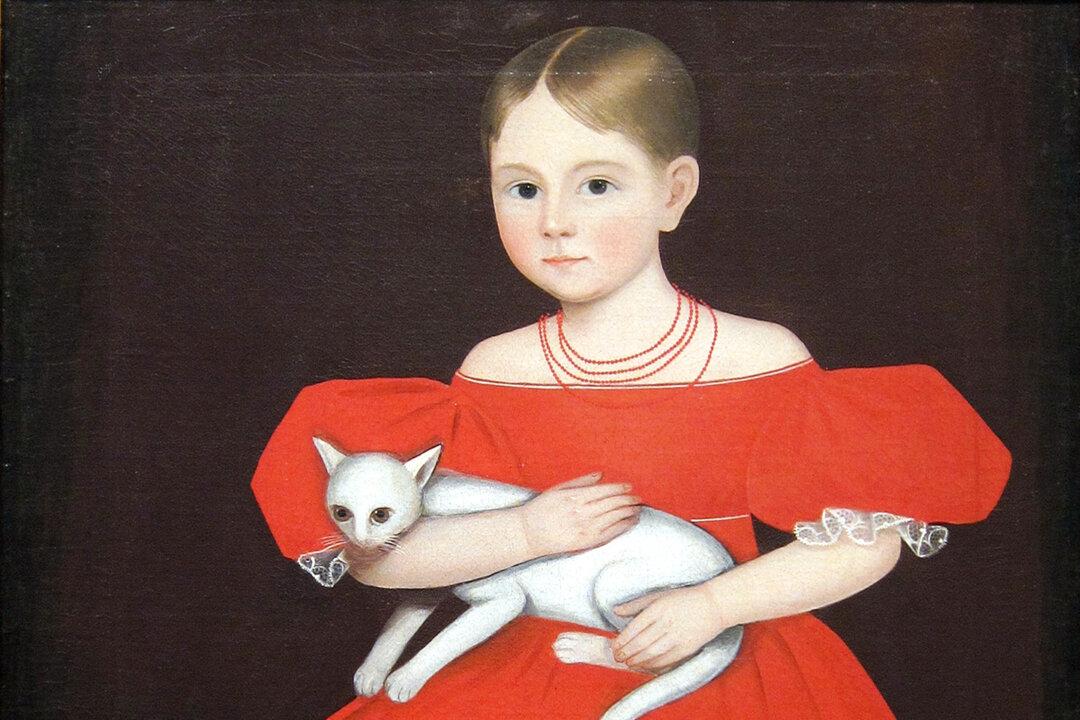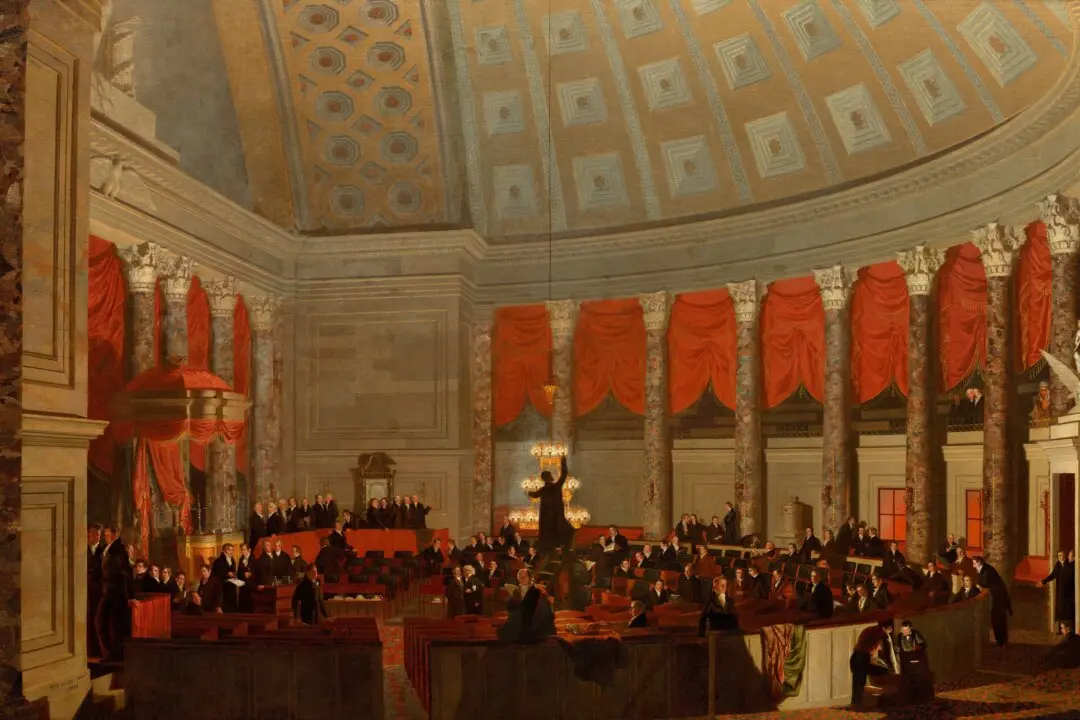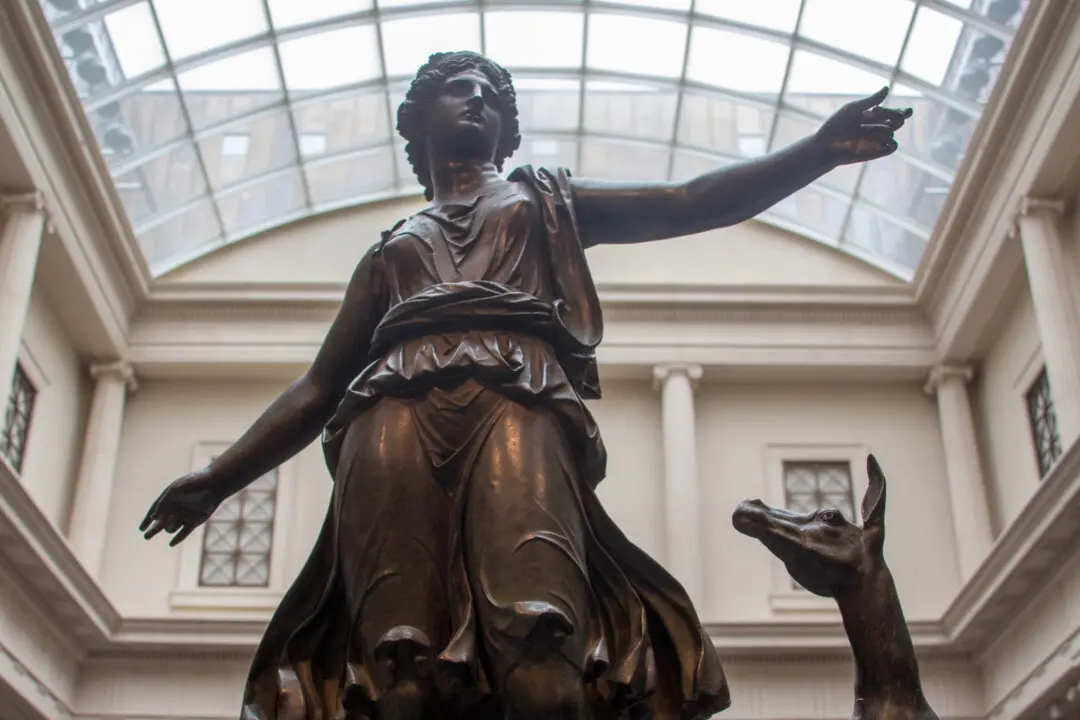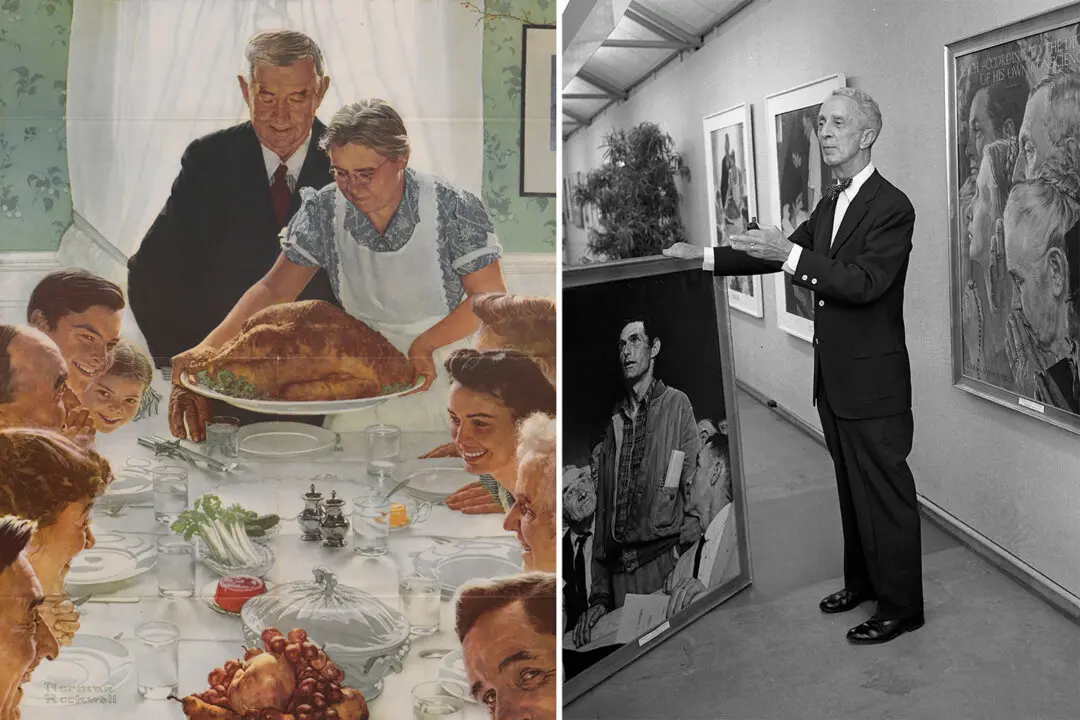Countries throughout the world have rich traditions of folk art. This art form includes furniture, decorative objects, sculptures, and paintings that are made in communities by craftspeople who develop a local style without academic training. In the United States, folk art flourished from the late 18th into the 20th century; folk painters were primarily concentrated in the rural Northeast. Portraitists were often referred to as limners, a word whose artistic connotation extends to Medieval Europe where it was used to describe manuscript painters.
Among 19th-century American folk painters, three artists were known to modern scholars as Ammi Phillips (1788–1865), “Border Limner,” and “Kent Limner.” Some of the works were signed by Phillips, but art historians did not know the latters’ identities. As a result, they labeled them limners and included the location where they worked: various towns along the New York-Massachusetts border and Kent, Connecticut. It was not until the mid-20th century that it was discovered by art collectors, and later verified by a professional expert, that all three artists were the same man—Ammi Phillips. His unusual forename comes from the biblical book of Hosea and means “my people.”





